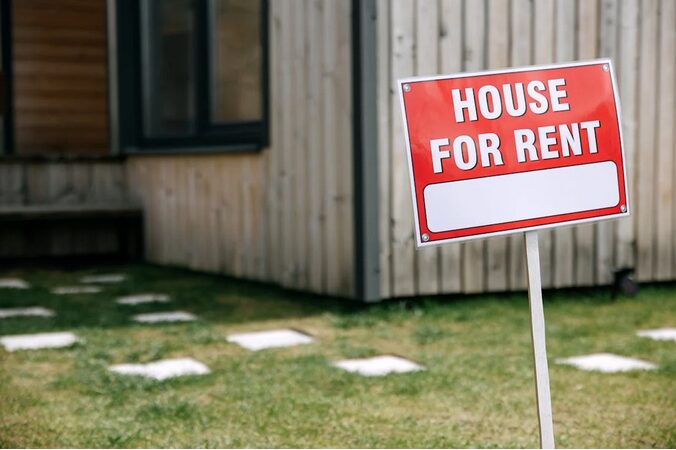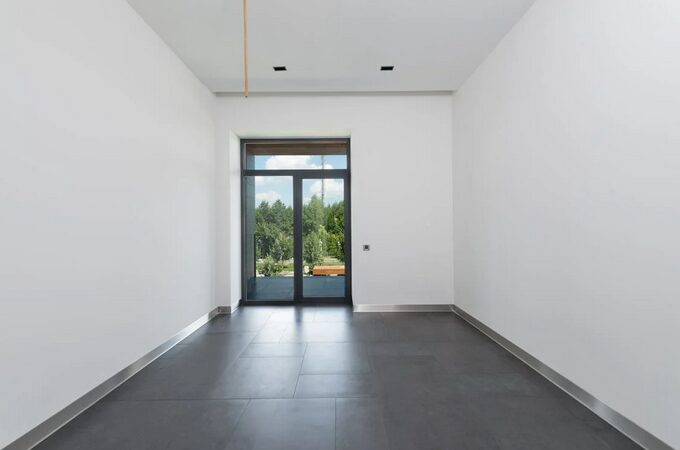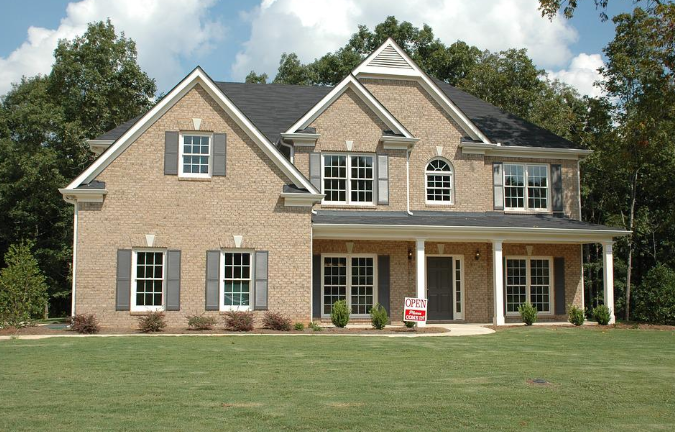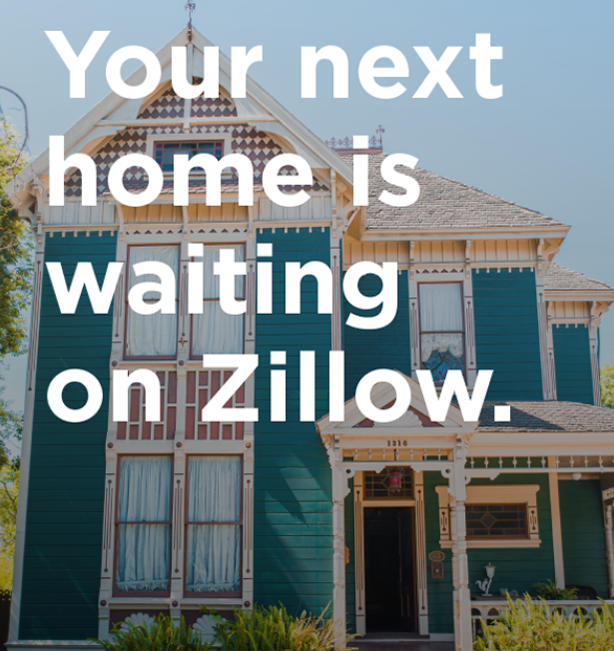How the Real Estate Market Caters to Student Housing

The real estate sector has evolved remarkably over the years to meet the unique needs of student housing. As the demand for higher education rises, so does the need for suitable accommodation for students. Contact MPG Lodge Student Housing if you are seeking a housing solution for a student. Real estate developers and investors have identified this trend, leading to the development of various strategies and types of housing specifically designed to cater to students. Here’s how the real estate market caters to student housing.
Focusing on Proximity to Educational Institutions

One of the primary considerations for student housing is location. Real estate developers focus on building or refurbishing properties close to educational institutions. Proximity to universities and colleges is crucial for students who often rely on walking or biking to classes. This demand has resulted in a rise in the construction of student housing in communities around universities, making it easier for students to attend courses and use campus resources.
Offering Affordable and Flexible Rent Options
Affordability is a significant factor for students when choosing housing. The real estate market addresses this by offering a range of affordable housing options tailored to the financial constraints of students. Developers often provide flexible rent options, including semester-based leases or shorter-term contracts, to accommodate the academic calendar. This flexibility ensures that students are not burdened with long-term financial commitments and can align their housing with their study periods.
Developing Purpose-Built Student Accommodation (PBSA)
Purpose-Built Student Accommodation (PBSA) is a growing trend in the real estate market. These properties are specifically designed to meet the needs of students, offering features such as communal study areas, high-speed internet, laundry facilities, and social spaces. PBSA often includes utilities and amenities in the rent, simplifying the housing process for students. This type of accommodation provides a safe, convenient, and community-focused living environment, making it a popular choice among students and parents.
Offering High-Quality Amenities and Services
To attract students, real estate developers are incorporating high-quality amenities and services into student housing projects. These can include fitness centers, study lounges, game rooms, and rooftop terraces. Controlled access, video cameras, and on-site security officers are all prioritized for student safety. Additionally, some properties offer services like housekeeping, maintenance, and even organized social events, creating a supportive and enjoyable living environment.
Having Sustainability and Eco-Friendly Options

With increasing awareness of environmental issues, the real estate market is also focusing on sustainability in student housing. Eco-friendly buildings with energy-efficient appliances, sustainable construction materials, and green spaces are becoming more common. These sustainable practices not only reduce the environmental footprint but also appeal to environmentally-conscious students. Features like recycling programs, bike storage, and proximity to public transportation further enhance the appeal of these properties.
Providing Co-Living Spaces
Co-living spaces have become an innovative solution in the student housing market. These apartments provide shared living arrangements, allowing students to rent a private bedroom while sharing common amenities, including kitchens, living rooms, and toilets. Co-living spaces provide a sense of community and teamwork, which benefits students. They are also less expensive than standard flats, making them an appealing choice for students trying to strike a compromise between cost and comfort.
Ensuring Technology Integration
Modern student housing often integrates advanced technology to enhance the living experience. High-speed internet and Wi-Fi are standard expectations, but many properties go beyond this by offering smart home features. These technological advancements provide convenience and efficiency, catering to the tech-savvy nature of today’s students.
Partnering up With Universities
Many real estate developers collaborate with universities to provide student housing solutions. These partnerships can take various forms, such as on-campus housing managed by private companies or off-campus housing with close ties to the university. These collaborations ensure that housing meets the standards and expectations of both students and educational institutions. Universities often provide resources and support to help students find and secure housing, making the transition smoother.
Addressing Diversity and Inclusion

The real estate market is increasingly aware of the need for diversity and inclusion in student housing. This includes offering accessible housing options for students with disabilities and creating inclusive environments for students from different cultural backgrounds. Properties that cater to a diverse student population enhance the overall living experience by promoting a sense of belonging and community.
Adapting to Changing Needs
The real estate market continually adapts to students’ changing needs and preferences. This includes staying current with trends in interior design, providing modern furnishings, and ensuring that properties are adaptable to different student lifestyles. The ability to evolve and respond to student feedback helps ensure that student housing remains relevant and attractive.…










 Finally, you do not seek the help of a company on the Internet. If you understand your needs, satisfy your broker and observe. Open communication is essential in this organization, and it is useless if you do not feel comfortable building a relationship.
Finally, you do not seek the help of a company on the Internet. If you understand your needs, satisfy your broker and observe. Open communication is essential in this organization, and it is useless if you do not feel comfortable building a relationship.